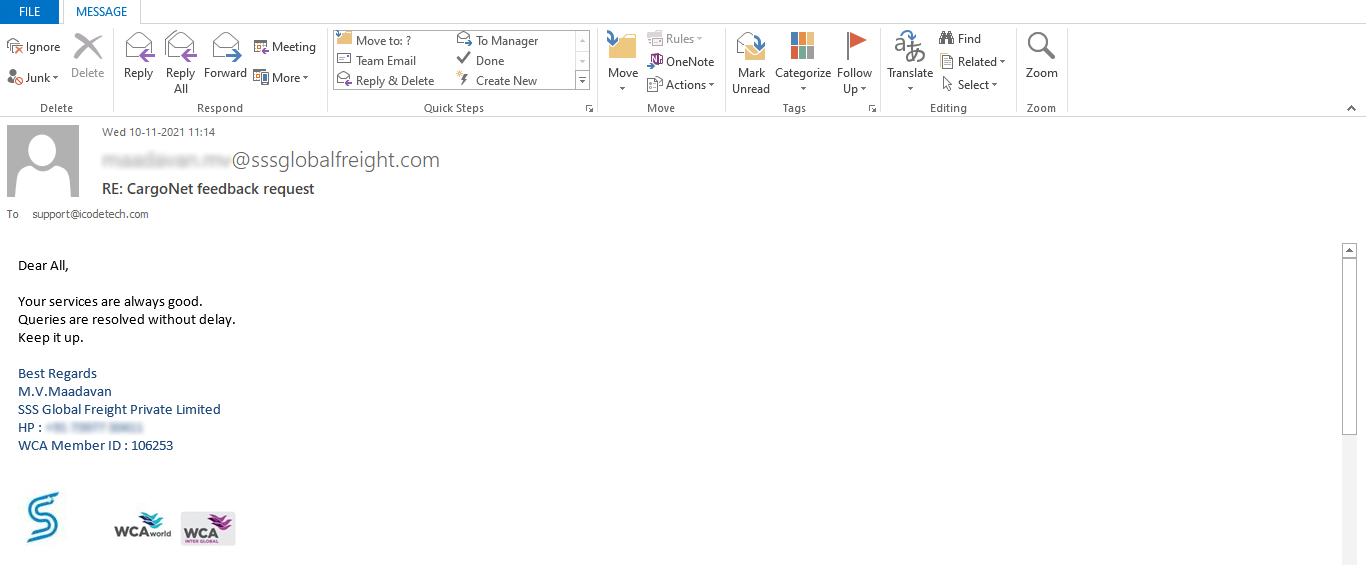Choosing the right shipping method—Full Container Load (FCL) or Less than Container Load (LCL)—is crucial for effective logistics operations. The decision largely depends on your shipment size, budget, and delivery urgency. This guide highlights the key differences to help you make a well-informed choice.
What is FCL (Full Container Load)?
FCL refers to using an entire shipping container exclusively for your cargo. This method is ideal for large shipments that require significant space and minimal handling.
Key Features of FCL:
- Exclusive Use: Your goods occupy the entire container.
- Standard Sizes: Available in 20-foot and 40-foot containers.
- Quicker Shipping: No need to wait for cargo consolidation.
Benefits of FCL:
- Faster Transit: Direct shipping reduces delays.
- Lower Risk: Minimal handling minimizes potential damage.
- Cost-Effective for Bulk: Economical when shipping large volumes.
Limitations of FCL:
- Higher Costs for Small Loads: Not ideal for smaller shipments.
- Storage Needs: A full container requires ample storage space.
LCL involves sharing container space with other shipments, making it suitable for smaller cargo or businesses shipping less frequently.
Key Features of LCL:
- Shared Container: You pay for only the space your cargo occupies.
- Versatile Shipping: Great for small or irregularly sized goods.
- Consolidation Process: Goods are grouped with other shipments.
Benefits of LCL:
- Affordable for Small Loads: Cost-effective for smaller shipments.
- Flexible Option: Ideal for startups or businesses testing new markets.
- No Full Container Required: Perfect for low-volume shipments.
Limitations of LCL:
- Longer Transit Times: Consolidation and deconsolidation add delays.
- Higher Risk of Damage: More handling increases the likelihood of issues.
- Higher Cost per Unit: Small shipments can have a higher cost per cubic meter.
FCL vs. LCL: Key Differences
Factor
FCL
LCL
Space
Full container for your cargo
Shared container space
Cost
Cheaper for large shipments
Better for smaller shipments
Delivery Time
Faster, no delays
Slower, due to consolidation
Risk of Damage
Lower
Higher
Best For
Large shipments
Small to medium shipments
When to Use FCL
FCL is a great choice when:
- Your shipment is large enough to fully occupy a 20-foot or 40-foot container.
- Quick delivery is essential, and delays are not an option.
- Reducing risks from excessive handling is a priority.
- Your shipment volume makes a full container cost-efficient.
Example: A company shipping bulk electronics overseas will benefit from FCL’s faster transit and reduced handling risks.
When to Use LCL
LCL works best in scenarios where:
- Your shipment is too small to fill a full container.
- Budget constraints favor shared shipping options.
- You’re exploring new markets or shipping infrequently.
Example: An online store shipping small product batches can save costs by using LCL for smaller shipments.
How to Decide Between FCL and LCL
Consider these questions:
- What is the size of my shipment?
- How urgent is my delivery?
- What is my budget?
- Am I comfortable with extra handling for smaller shipments?
- How frequently do I ship goods?
Conclusion
The choice between FCL and LCL depends on your specific logistics needs. FCL offers speed and efficiency for large, urgent shipments, while LCL is a flexible and budget-friendly option for smaller cargo.
Ready to optimize your logistics process? CargoNet Freight Software can help you choose the ideal shipping method and manage costs effectively.
















